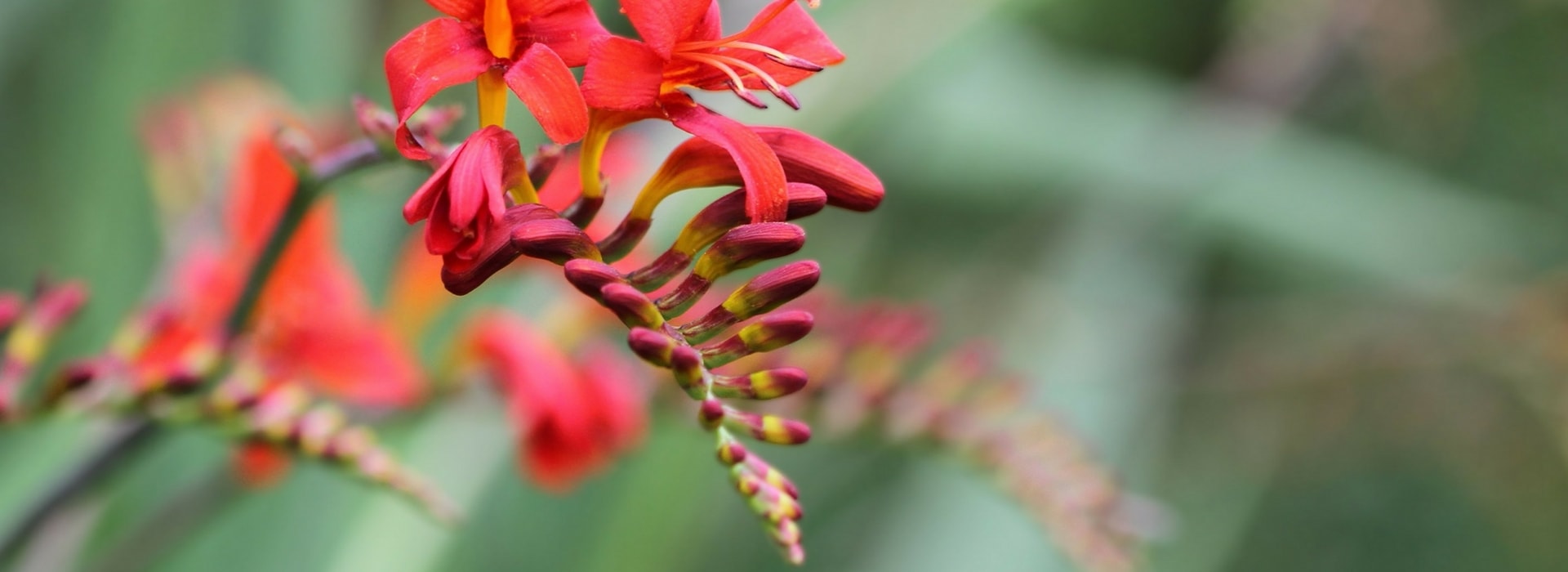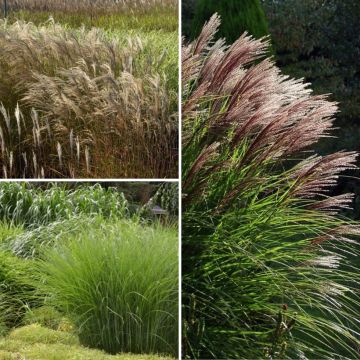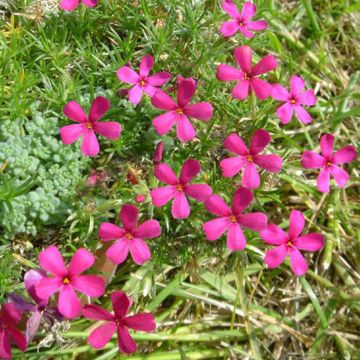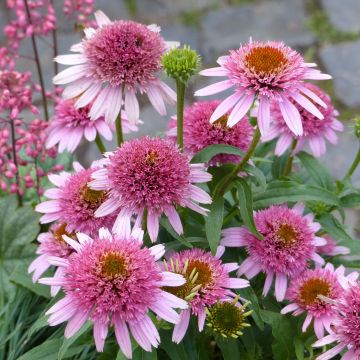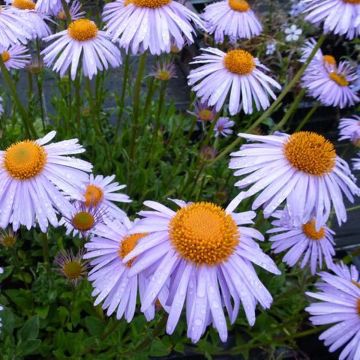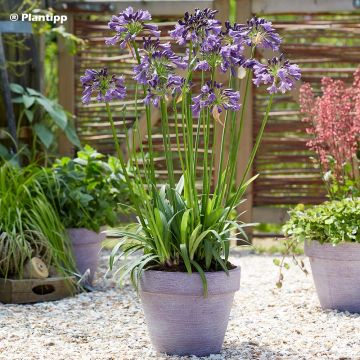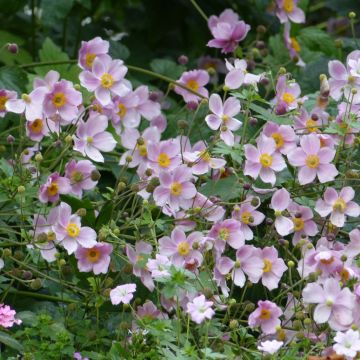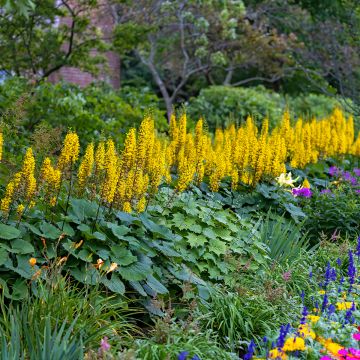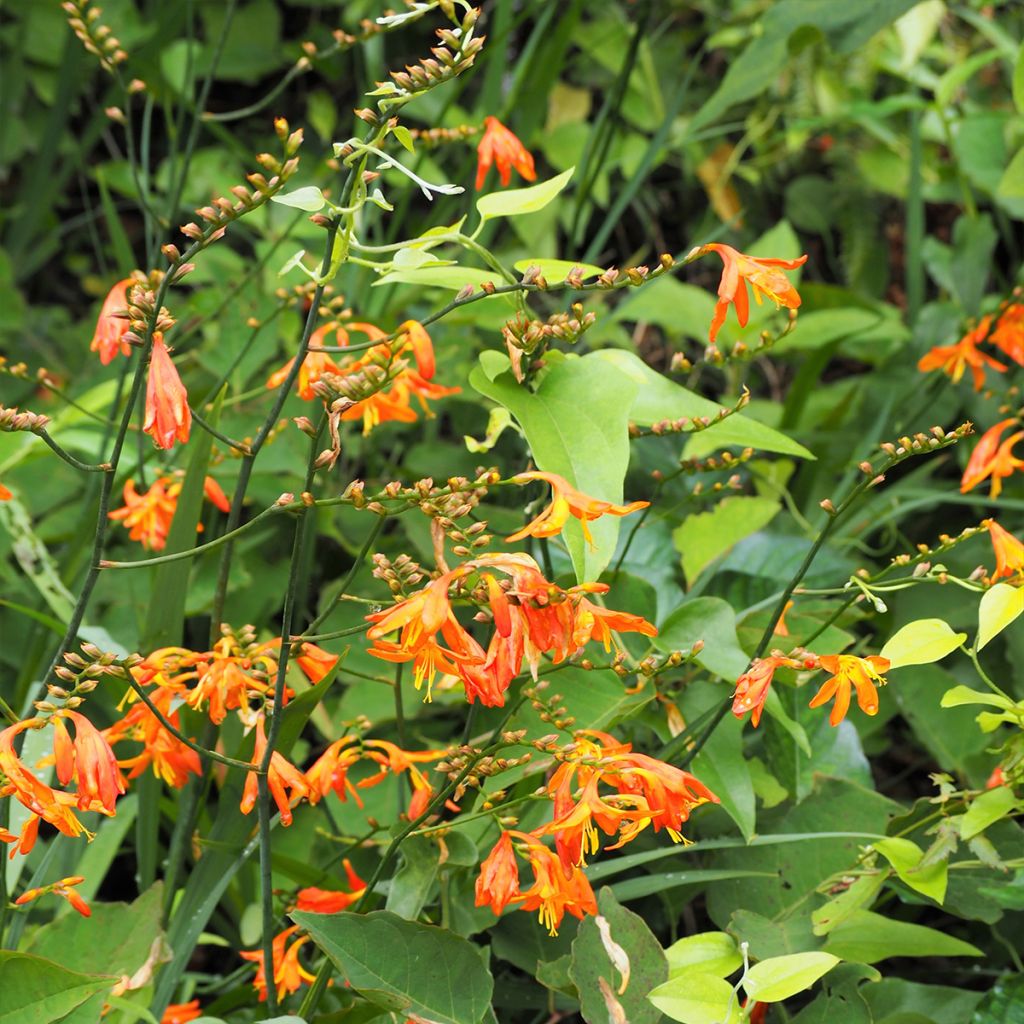

Crocosmia hybride Star of the East - Montbretia


Crocosmia hybride Star of the East - Montbretia
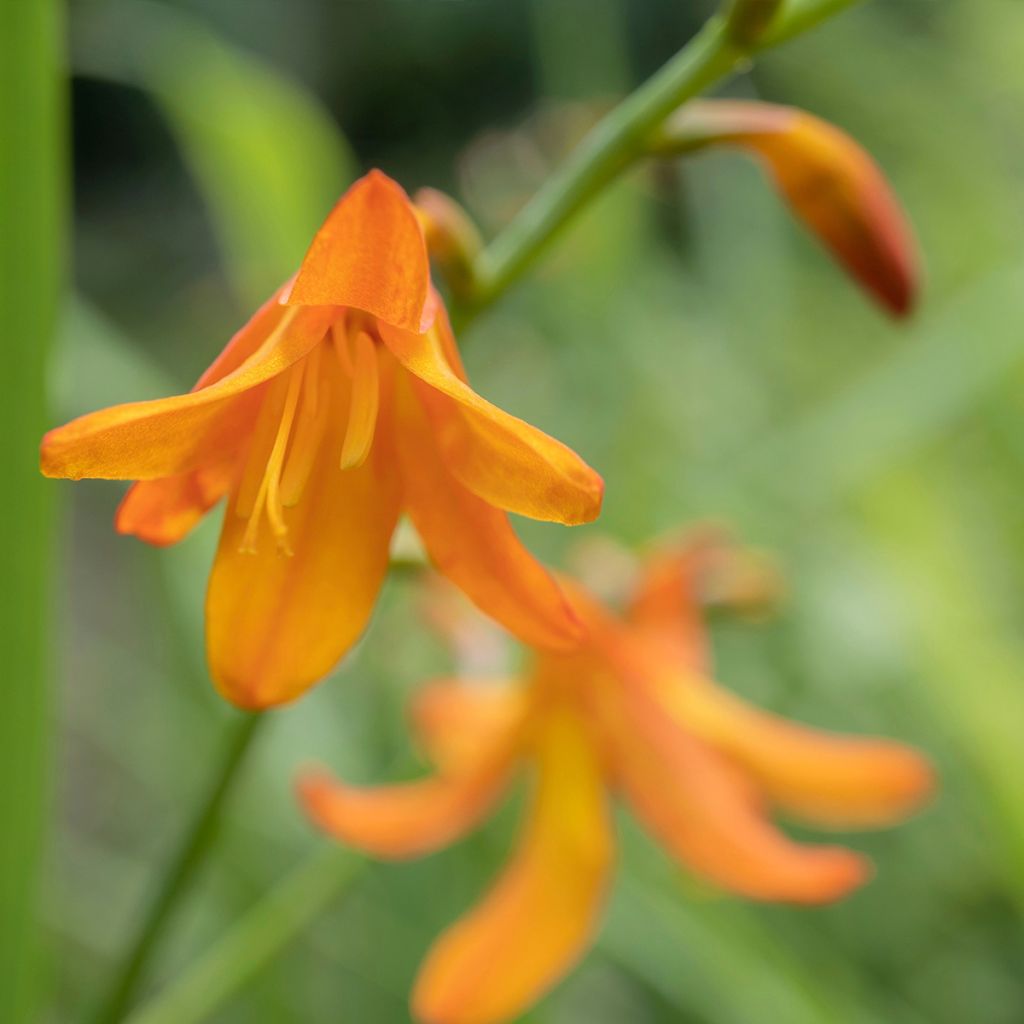

Crocosmia hybride Star of the East - Montbretia
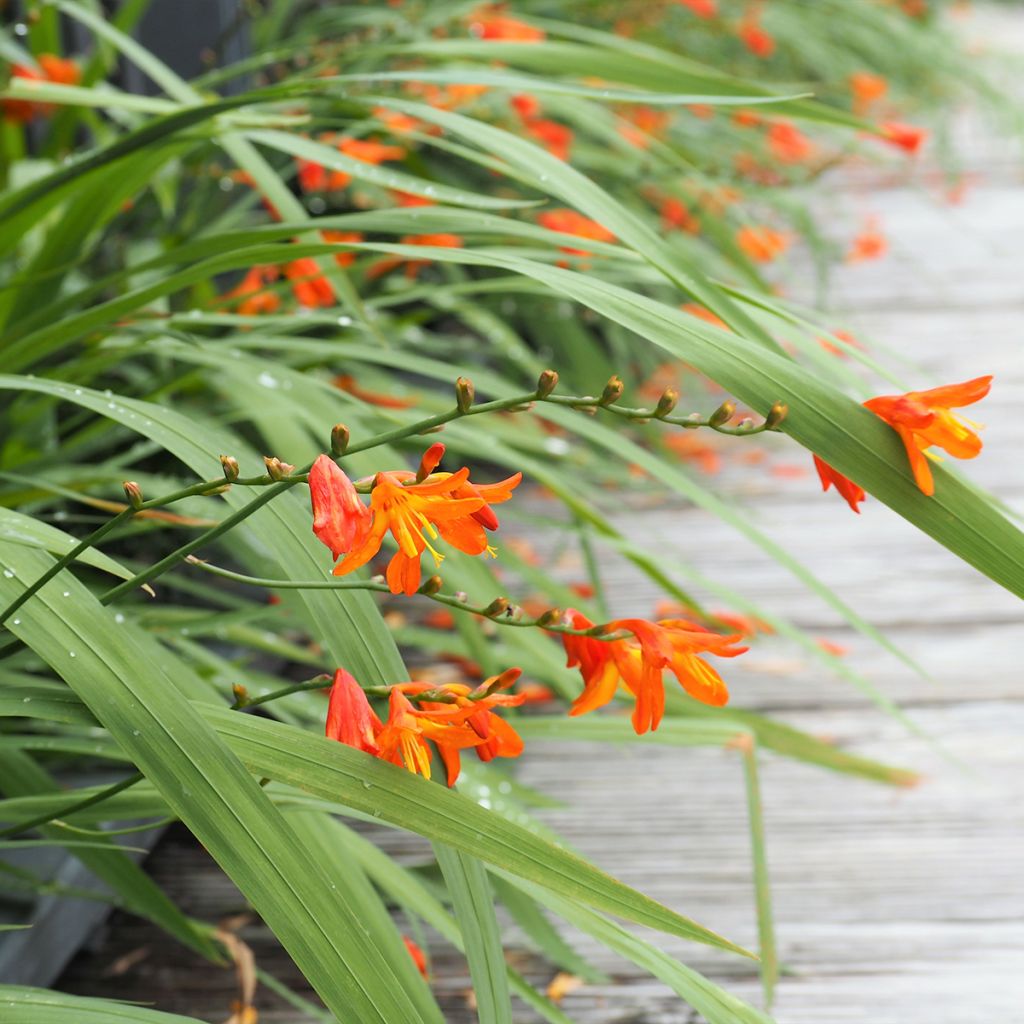

Crocosmia hybride Star of the East - Montbretia
Crocosmia Star of the East - Montbretia
Crocosmia x crocosmiiflora Star of the East
Montbretia
Special offer!
Receive a €20 voucher for any order over €90 (excluding delivery costs, credit notes, and plastic-free options)!
1- Add your favorite plants to your cart.
2- Once you have reached €90, confirm your order (you can even choose the delivery date!).
3- As soon as your order is shipped, you will receive an email containing your voucher code, valid for 3 months (90 days).
Your voucher is unique and can only be used once, for any order with a minimum value of €20, excluding delivery costs.
Can be combined with other current offers, non-divisible and non-refundable.
Home or relay delivery (depending on size and destination)
Schedule delivery date,
and select date in basket
This plant carries a 12 months recovery warranty
More information
We guarantee the quality of our plants for a full growing cycle, and will replace at our expense any plant that fails to recover under normal climatic and planting conditions.

Would this plant suit my garden?
Set up your Plantfit profile →
Description
The Crocosmia x crocosmiiflora 'Star of the East' is an old variety of montbretia dating back to 1912, still considered one of the best. The plant produces beautiful light green clumps, blooming for several summer weeks. Its flowers are wide, bright orange with burnt orange reverses, opening up to a lighter throat speckled with Bordeaux. Not very tall, non-invasive, but relatively hardy and floriferous, this variety excels in flowerbeds. 'Star of The East' will bring any decor a bright and exotic touch.
Crocosmia, or montbretia, is a herbaceous perennial plant of South African origin, belonging to the iris family. It is similar to the gladiolus and is cultivated similarly in cooler climates. In nature, Crocosmia develops in the sun, in fertile soils, moist in summer and drier in winter. In the garden, they resist more or less well to our cold and humid winters, depending on the species and varieties.
In spring, the Crocosmia hybrid 'Star of The East' forms a clump of basal leaves, erect but flexible, 60 cm (24in) high, and produces from mid-July solid, slightly arched floral stems, 80-90 cm (32-35in) tall. Each branch bears a more or less horizontal branched spike, tightly packed with numerous copper-orange buds that open from the bottom to the top of the stem. The fully open flowers measure about 7 cm (3in) in diameter. The flowers are well open in this variety, composed of 6 petals. The leaves are sword-shaped, a beautiful light and vibrant green. Their surface is plicate and strongly veined, and they spread out in a dense fan from the base of the plant. Crocosmia's reserve organ is a corm, an underground pseudo-bulb formed by a swollen stem surrounded by scales.
Half-bulb, half-shrub, and montbretia symbolise the splendour of summer better than any other plant through the abundance and cheerfulness of their flowering. Easy to grow, vigorous, but demanding, they are planted in the sun, in groups of 10 corms, in fertile soil that remains slightly moist in summer. Their vibrant colours form magnificent combinations with annuals (Cosmos, love-in-a-mist, poppies). They blend well in natural gardens, mixed with light perennials such as fennel, Baptisia, common sage, or catmints. It looks stunning when paired with grasses, especially in front of a screen of colourful foliage shrubs. They are also magnificent in front of a screen of conifers or dark green evergreen shrubs.
When they thrive in the ground, in sunny exposure and well-drained soil, they multiply over the years and become more beautiful every year.
Crocosmia Star of the East - Montbretia in pictures
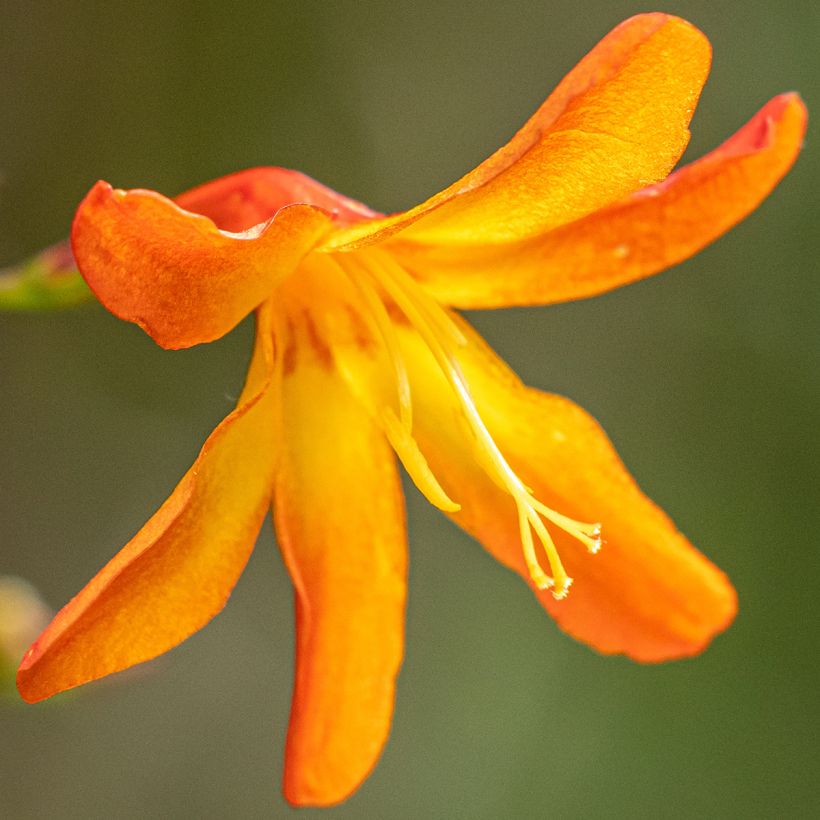

Flowering
Foliage
Plant habit
Botanical data
Crocosmia
x crocosmiiflora
Star of the East
Iridaceae
Montbretia
Cultivar or hybrid
Other Perennials A to Z
View all →Planting and care
Plant crocosmias in full sun, preferably in spring. They need well-drained and aerated soil that does not retain too much water in winter when they remain in the ground. Work the soil well at the time of planting, and if necessary, incorporate some sand. They should be covered with a minimum of 5 to 8 cm (2 to 3in) of soil (the more they are buried, the better they resist frost) and spaced about fifteen cm apart. They like rich soils. Apply fertiliser at the time of planting and reapply it every spring. While they prefer well-drained soil in winter, crocosmias need plenty of water during their growing season and cannot tolerate any drought in summer. In regions with harsh winters, it is advisable to dig up the corms once the foliage has dried out and store them in a frost-free location. Another alternative is to cover the bed with a thick insulating layer at the beginning of winter and remove it in March.
Planting period
Intended location
Care
Planting & care advice
This item has not been reviewed yet - be the first to leave a review about it.
Haven't found what you were looking for?
Hardiness is the lowest winter temperature a plant can endure without suffering serious damage or even dying. However, hardiness is affected by location (a sheltered area, such as a patio), protection (winter cover) and soil type (hardiness is improved by well-drained soil).

Photo Sharing Terms & Conditions
In order to encourage gardeners to interact and share their experiences, Promesse de fleurs offers various media enabling content to be uploaded onto its Site - in particular via the ‘Photo sharing’ module.
The User agrees to refrain from:
- Posting any content that is illegal, prejudicial, insulting, racist, inciteful to hatred, revisionist, contrary to public decency, that infringes on privacy or on the privacy rights of third parties, in particular the publicity rights of persons and goods, intellectual property rights, or the right to privacy.
- Submitting content on behalf of a third party;
- Impersonate the identity of a third party and/or publish any personal information about a third party;
In general, the User undertakes to refrain from any unethical behaviour.
All Content (in particular text, comments, files, images, photos, videos, creative works, etc.), which may be subject to property or intellectual property rights, image or other private rights, shall remain the property of the User, subject to the limited rights granted by the terms of the licence granted by Promesse de fleurs as stated below. Users are at liberty to publish or not to publish such Content on the Site, notably via the ‘Photo Sharing’ facility, and accept that this Content shall be made public and freely accessible, notably on the Internet.
Users further acknowledge, undertake to have ,and guarantee that they hold all necessary rights and permissions to publish such material on the Site, in particular with regard to the legislation in force pertaining to any privacy, property, intellectual property, image, or contractual rights, or rights of any other nature. By publishing such Content on the Site, Users acknowledge accepting full liability as publishers of the Content within the meaning of the law, and grant Promesse de fleurs, free of charge, an inclusive, worldwide licence for the said Content for the entire duration of its publication, including all reproduction, representation, up/downloading, displaying, performing, transmission, and storage rights.
Users also grant permission for their name to be linked to the Content and accept that this link may not always be made available.
By engaging in posting material, Users consent to their Content becoming automatically accessible on the Internet, in particular on other sites and/or blogs and/or web pages of the Promesse de fleurs site, including in particular social pages and the Promesse de fleurs catalogue.
Users may secure the removal of entrusted content free of charge by issuing a simple request via our contact form.
The flowering period indicated on our website applies to countries and regions located in USDA zone 8 (France, the United Kingdom, Ireland, the Netherlands, etc.)
It will vary according to where you live:
- In zones 9 to 10 (Italy, Spain, Greece, etc.), flowering will occur about 2 to 4 weeks earlier.
- In zones 6 to 7 (Germany, Poland, Slovenia, and lower mountainous regions), flowering will be delayed by 2 to 3 weeks.
- In zone 5 (Central Europe, Scandinavia), blooming will be delayed by 3 to 5 weeks.
In temperate climates, pruning of spring-flowering shrubs (forsythia, spireas, etc.) should be done just after flowering.
Pruning of summer-flowering shrubs (Indian Lilac, Perovskia, etc.) can be done in winter or spring.
In cold regions as well as with frost-sensitive plants, avoid pruning too early when severe frosts may still occur.
The planting period indicated on our website applies to countries and regions located in USDA zone 8 (France, United Kingdom, Ireland, Netherlands).
It will vary according to where you live:
- In Mediterranean zones (Marseille, Madrid, Milan, etc.), autumn and winter are the best planting periods.
- In continental zones (Strasbourg, Munich, Vienna, etc.), delay planting by 2 to 3 weeks in spring and bring it forward by 2 to 4 weeks in autumn.
- In mountainous regions (the Alps, Pyrenees, Carpathians, etc.), it is best to plant in late spring (May-June) or late summer (August-September).
The harvesting period indicated on our website applies to countries and regions in USDA zone 8 (France, England, Ireland, the Netherlands).
In colder areas (Scandinavia, Poland, Austria...) fruit and vegetable harvests are likely to be delayed by 3-4 weeks.
In warmer areas (Italy, Spain, Greece, etc.), harvesting will probably take place earlier, depending on weather conditions.
The sowing periods indicated on our website apply to countries and regions within USDA Zone 8 (France, UK, Ireland, Netherlands).
In colder areas (Scandinavia, Poland, Austria...), delay any outdoor sowing by 3-4 weeks, or sow under glass.
In warmer climes (Italy, Spain, Greece, etc.), bring outdoor sowing forward by a few weeks.






























